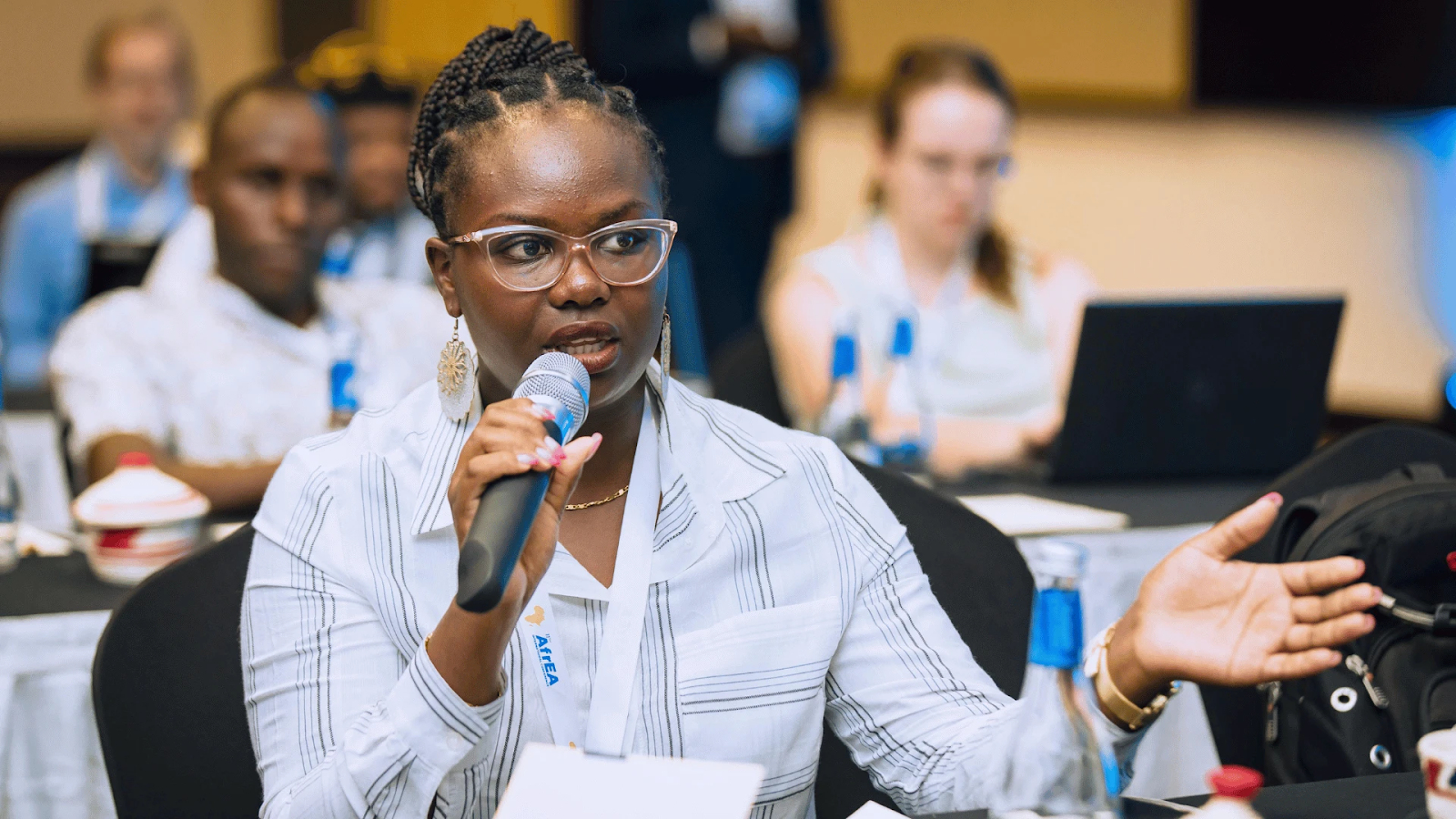An excerpt from Salon -
Why a love of Venn diagrams is Kamala Harris' not-so-secret weapon for creating smart policy
Logic dictates that multiple variables must be accounted for in politics; interlocking circles help visualize them
By Gwydion Suilebhan - Steven Gimbel
 |
| Kamala Harris (Photo illustration by Salon/Getty Images) |
During a recent interview with Chrissy Teigen, Vice President Kamala Harris said, “I’m going to confess, I love Venn diagrams. If you’re ever in a moment of conflict, pull out a Venn diagram, they’ll just help you sort things out.”
This is not the first time Harris has professed affection for this logical mechanism. As a former courtroom lawyer who needed to be able to clearly demonstrate complicated inferences to juries in a way that anyone could follow, Attorney General Harris would have found Venn diagrams to be the perfect tool.
So, too, in politics. At a speech at Bryn Mawr University in 2022, for example, she produced a Venn diagram for the crowd, saying. “So, I asked my team, ‘Tell me from which states are we seeing attacks on women’s reproductive healthcare, attacks on voting rights, and attacks on LGBTQ+ rights.’ And you would not be surprised to know that there was quite an overlap, including, Florida, Georgia, Texas, Alabama, Arizona.” The overlap in these policy goals became clear to anyone who could see.
Republicans have seized on this intellectual infatuation, calling it cringeworthy. She was mocked by "Fox & Friends" host Brian Kilmeade who said “When you peak in third and fourth grade and become Vice President we’re doomed.”
Allowing for the straightforward visualization of logical relations, Venn diagrams were in fact designed as a teaching tool. But contrary to Kilmeade’s characterization, they are a means well beyond grade school level. They were an important step in the development of formalized reasoning that led to digital computers.
If your understanding of them comes from social media and the memeosphere, you could be excused for underestimating their power and importance in the history of ideas. Vice President Harris may proclaim her adoration of them in public more frequently than she does for her husband, but looking at the development of logic, Doug Emhoff has not done anything quite like John Venn.
Here's a history tracing the meticulous development of the Venn diagram to better understand how we got to the useful visual tool we still employ today.
Not just blind luck
With the exception of the Olympics’ insignia, Venn diagrams are our most recognizable overlapping circles. Named after Cambridge University mathematician and logician John Venn, they first appeared in his book "Symbolic Logic" in 1880. In that work, he named them after a different mathematician calling them “Eulerian circles.”
Venn knew there had to be more to math than just cranking through problems. There were deep philosophical questions buried in it.
Leonhard Euler was a Swiss mathematician whose 866 published mathematical papers are the most published as a solo author of anyone in history. To make this even more impressive, he did much of this work while blind. One focus of his work was taking complex mathematical reasoning and operations and representing it using symbols so that instead of having to think through long chains of inferences, we could instead manipulate symbols according to simple rules.
As a result, he generated many of the standard representations we still use. Why is the letter x used for an unknown quantity in algebra? Euler. Why do we use the Greek letter π for the ratio between a circle’s circumference and diameter? Euler. Why is the square root of -1 called i? Euler.
In his quest to make complicated (and in the case of i, complex) mathematics simpler, Euler came upon a way to use circles to represent class membership. This allowed for a teaching tool that made certain logical relations clearer because they could be simply seen. Euler’s diagrams were effective, but Venn soon realized that they were limited in their applicability. Euler’s circles could not do something that a modified approach could — allow for a mechanical way of doing logic. Venn, with his new twist, would out-Euler, Euler.
Who, what, where and Venn
John Venn was the son of an Anglican minister whose interest was not in the Divine order of the universe, but rather its underlying mathematical structure. Attending Cambridge, he sat for the Mathematical Tripos, a grueling eight-day exam that largely tested one’s ability to quickly calculate for extended periods of time. Venn described the event as “fearfully hard work, both physical and mental.”
https://www.salon.com/2024/07/29/venn-diagrams-kamala-harris-explainer-history/


















